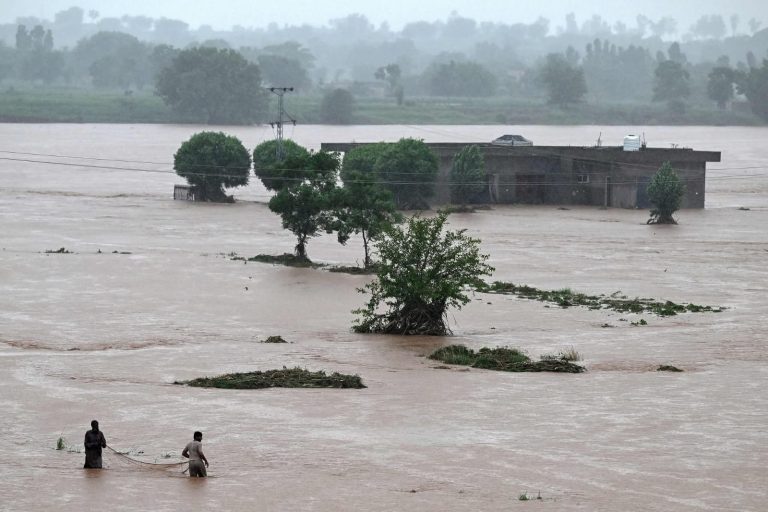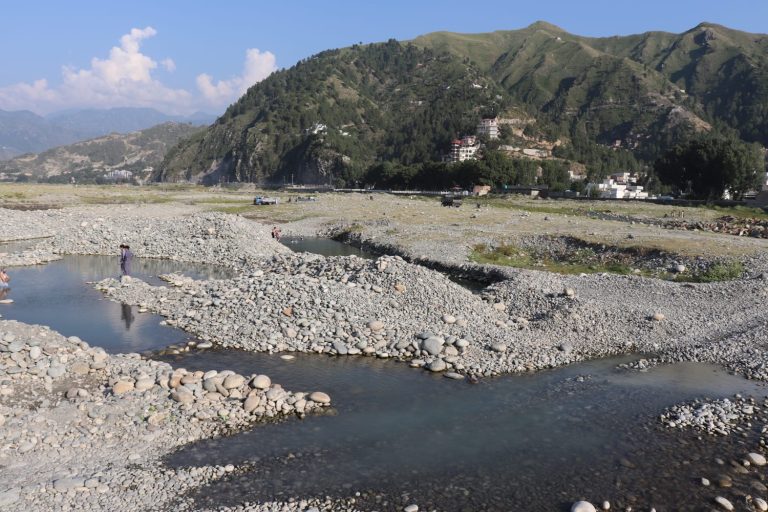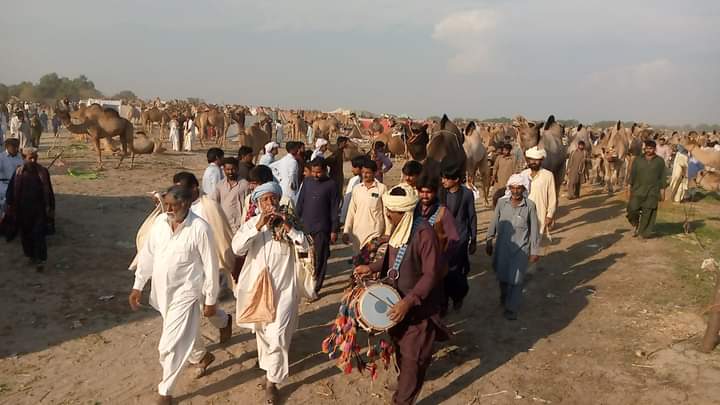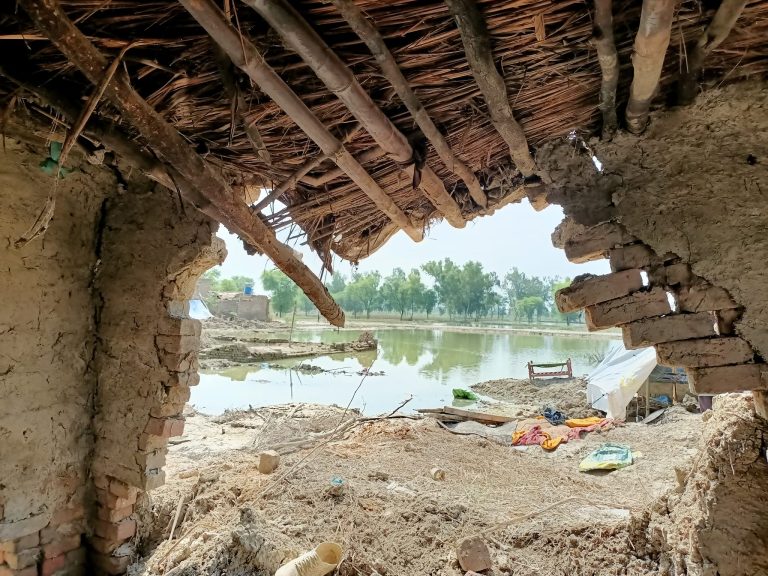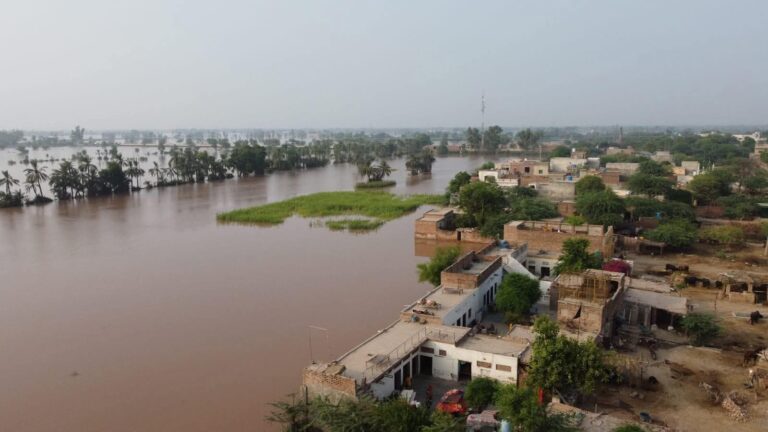Elevated Donut and Floods: A Lesson from History, A Policy for the Future
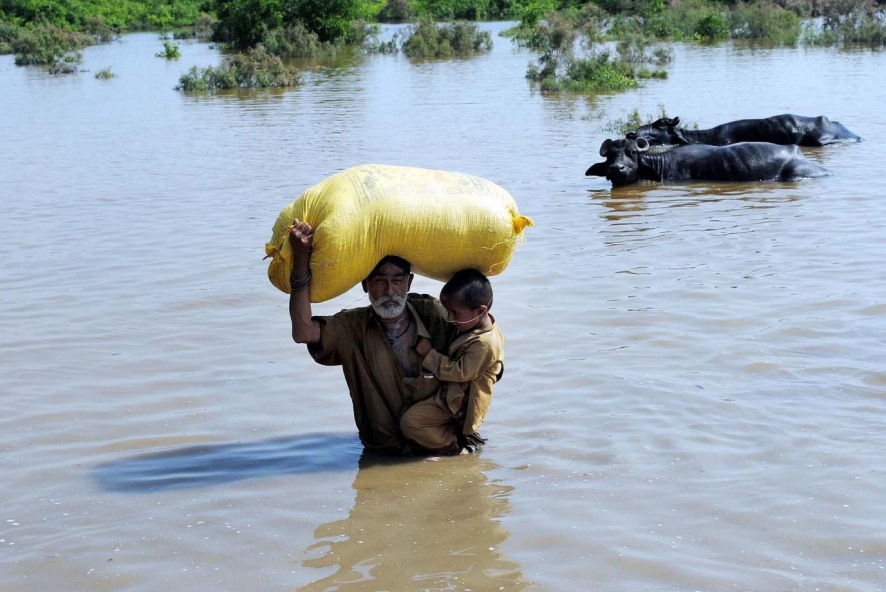
The recent floods in Punjab have once again reminded us how far we are from understanding water — and living with it. As soon as the Chenab swelled, the air was filled with political noise. Some blamed “artificial floods released by India,” while others insisted that “dams are the only solution.” Yet the truth lies far from this rhetoric.
First, India has no major storage on the Chenab; the “artificial flood” claim is nothing more than emotional sloganeering. Second, while dams can temporarily store water, they are not a sustainable answer to recurring monsoon storms and shifting climate patterns. The real problem lies in the structures we built ourselves.
During the colonial era, when canals were dug, rivers were locked behind high embankments. This elevated the river flow while the surrounding land remained lower. Now, whenever water rises, it crashes through the levees and rushes into settlements with devastating force. We caged the rivers against nature’s logic.
For centuries, rivers naturally spread across floodplains, replenishing soil and absorbing excess water. Civilizations of the Indus Valley, like Harappa and Mohenjo-Daro, understood this balance. Their settlements followed the principle of “elevated donut planning” — villages built on slightly higher ground, surrounded by fields and orchards. Floodwaters would spread over farmland, leaving communities safe and soils fertile. That is why folk songs once called floods a blessing. It was colonial engineering that turned this blessing into disaster.
The world has since learned its lesson. Countries now adopt Floodplain Zoning, giving rivers room to breathe instead of trying to cage them. The UN and World Bank emphasize climate-resilient planning — designing communities that respect natural hydrology rather than fighting it.
For Pakistan, this means:
a) Reviving the elevated donut model and basin-level planning for settlements.
b) Placing housing outside natural flood corridors.
c) Developing a joint flood management plan with India beyond the Indus Waters Treaty.
d) Aligning our development with ecology — not corporate profits.
Floods, in essence, teach us a simple truth: rivers cannot be chained. Either we live with their natural rhythm, or every year we will repeat the cycle — waters rise, villages drown, and the real issues drown in the noise of blame.

